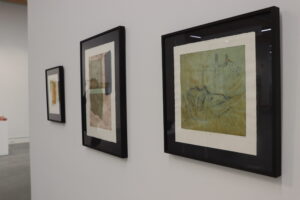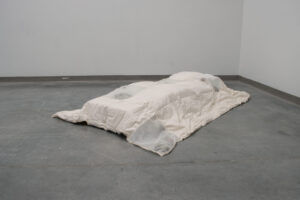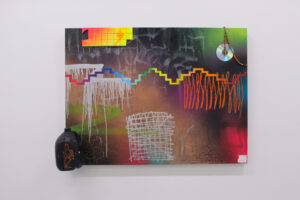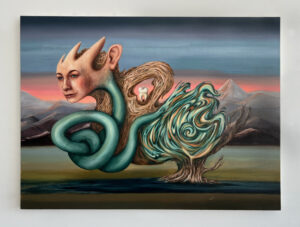Thumbnotes
So Lee
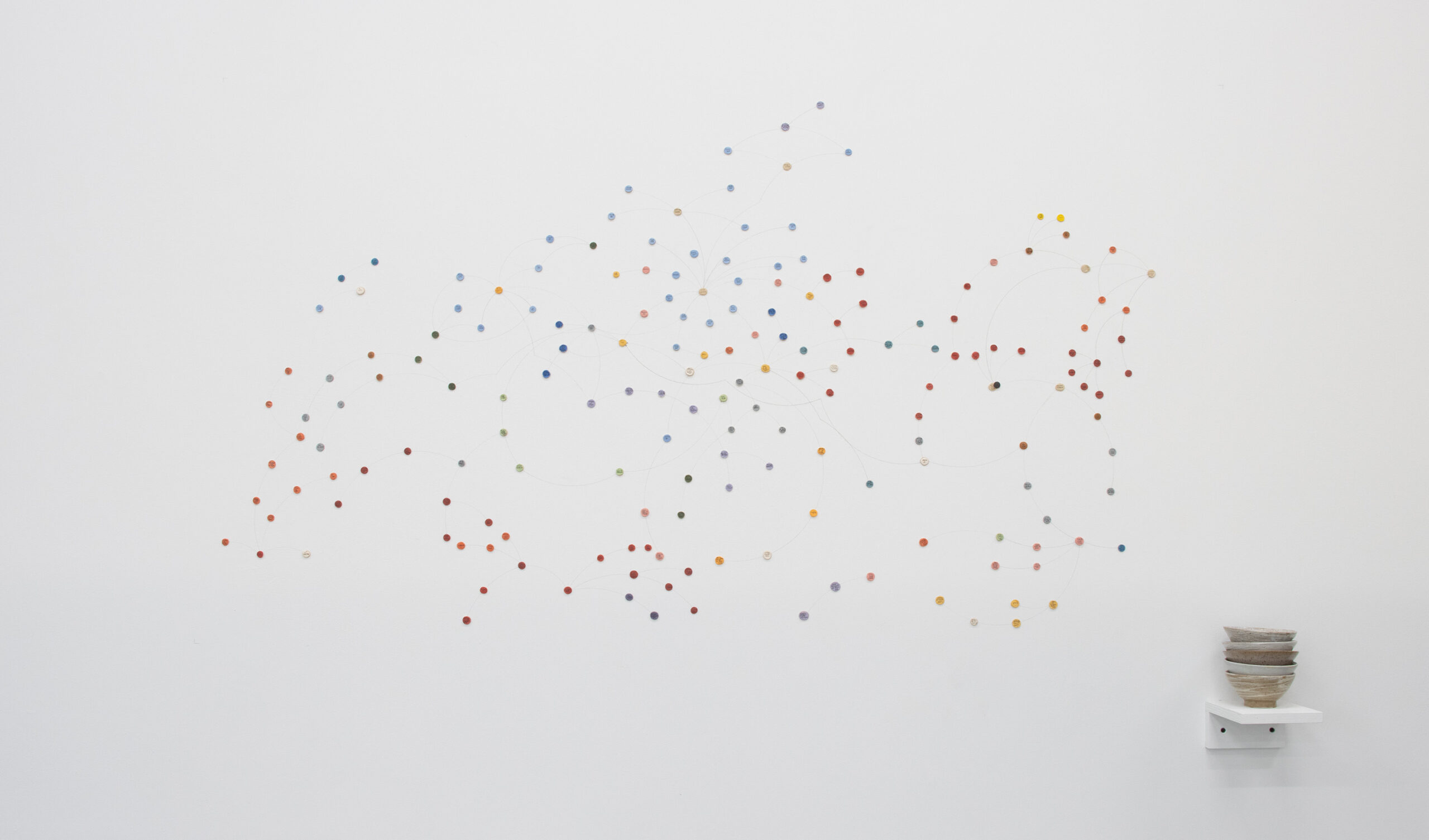
Thumbnotes began on the potter’s wheel – as an exploration of ceramic making processes. When I began to notice a discrepancy in what I saw of Korean ceramics and the marginal mention it receives, I started researching on my own and was shocked by its complex history. What I was told to believe about Korean ceramics, as reflected in the English sources that I’ve read in my research, almost completely disregards the history of Japanese invasions and colonization of Korea. For instance, entire Korean pottery villages were captured and shipped off to Japan in 1592 and it was after this time that ceramic culture spread widely throughout Japan. Later in the 1920s, when Korea was under Japanese colonial rule, Japanese antique collectors auctioned off a flower vase that used to be the urn holding the ashes of a Goryeo king.
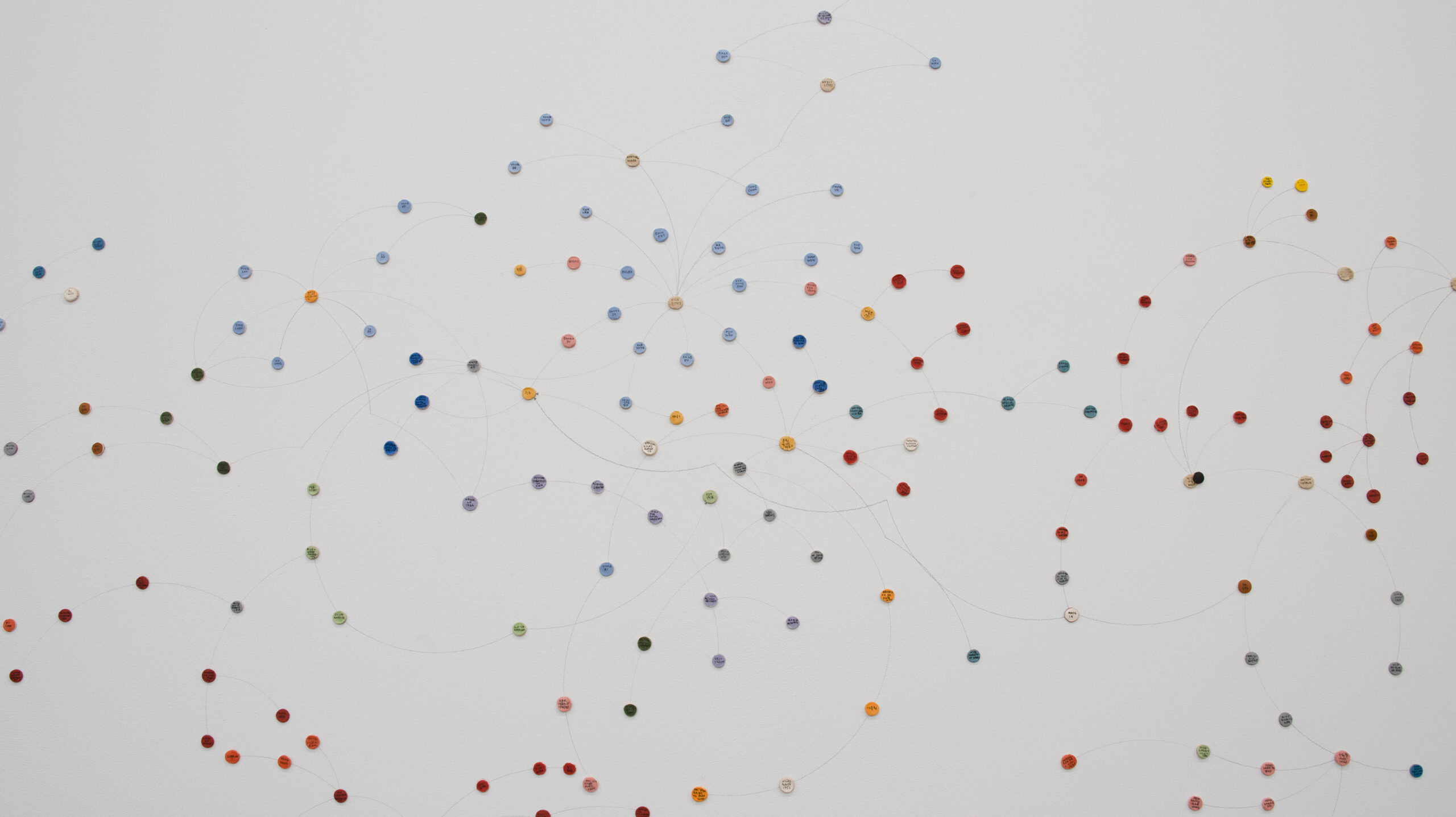
This project often felt like working backwards in complete darkness, without a point of origin, names, dates, or events; and unable to trust any sources. As I sifted through English based secondary accounts, I had to question everything, checking the footnotes, cross referencing them against Korean sources, and making note of the ways language acts as containers that hold codes and hidden meanings. I captured these processes by depicting my findings as an ongoing rhizome, presenting information as nonlinear, lateral, decentralized, and an interconnected web of relations. I envision this project to expand with more research.
Thanks to the increased digitization of the archives, this project gathered information through a wide variety of primary sources including auction, administrative, archeological, and official records from the royal courts, newspapers, maps, letters, and diaries. It also became a collaborative project across generations, borders, and languages, in which my parents and technology became my translators. In these ways, Thumbnotes carefully navigates new possibilities that bring research, historiography, and art together.
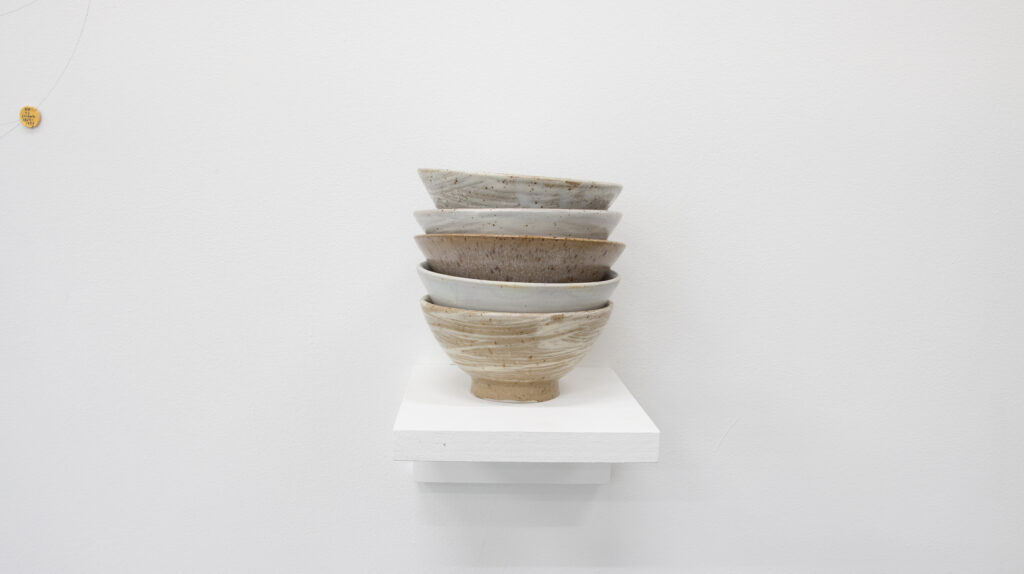
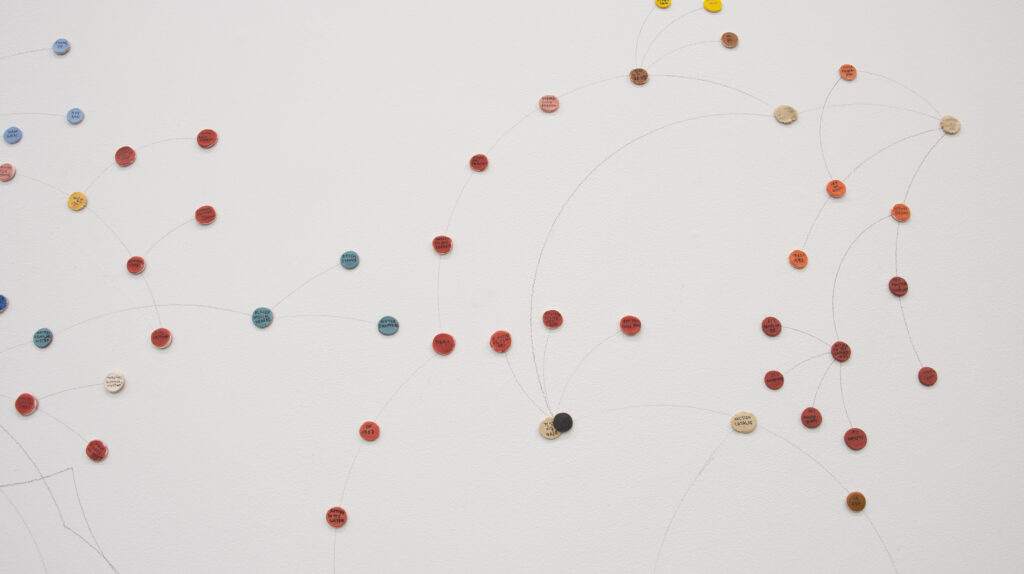
The doubling of circles, reminiscent of an eclipse, denotes a translation or shift in language. The colour red signifies Japanese influence or interference.
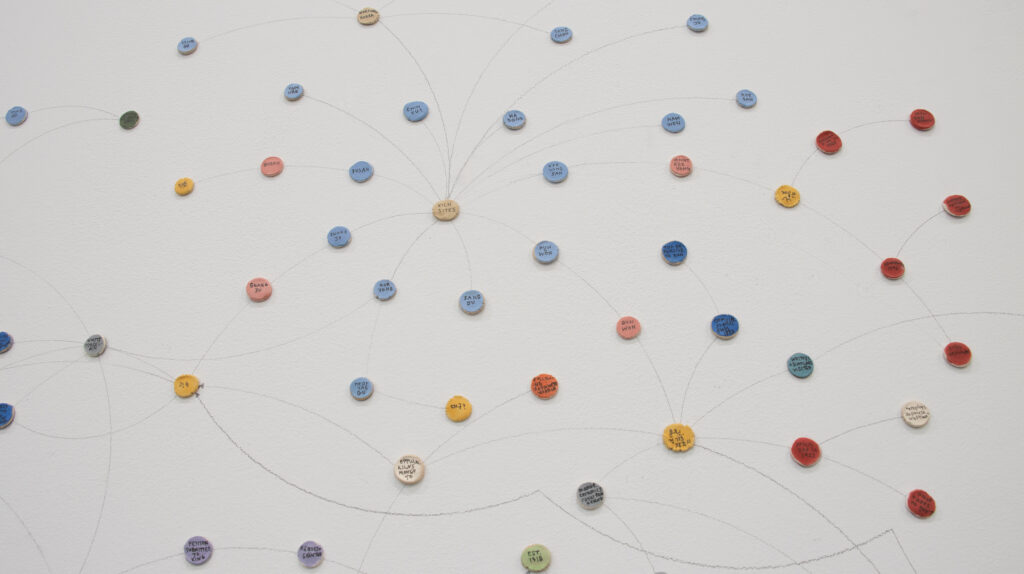
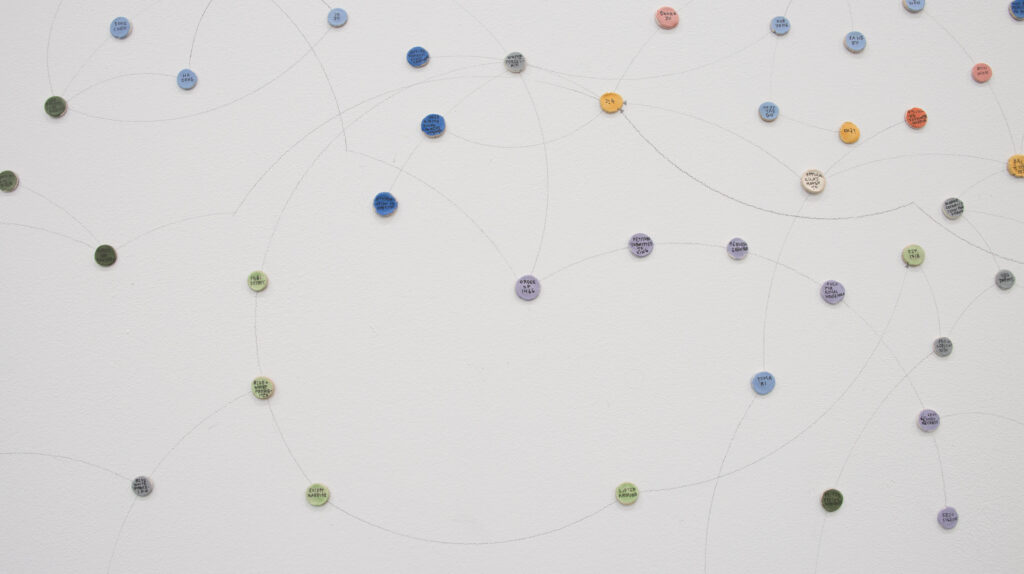
The colour white represents contested, unknown, or to be determined information.

